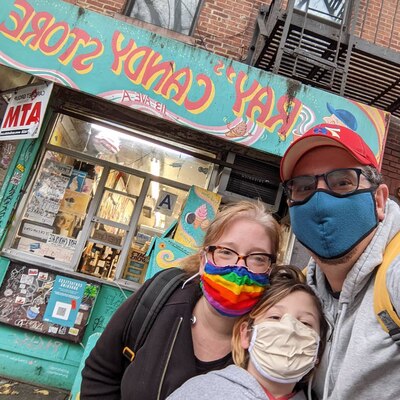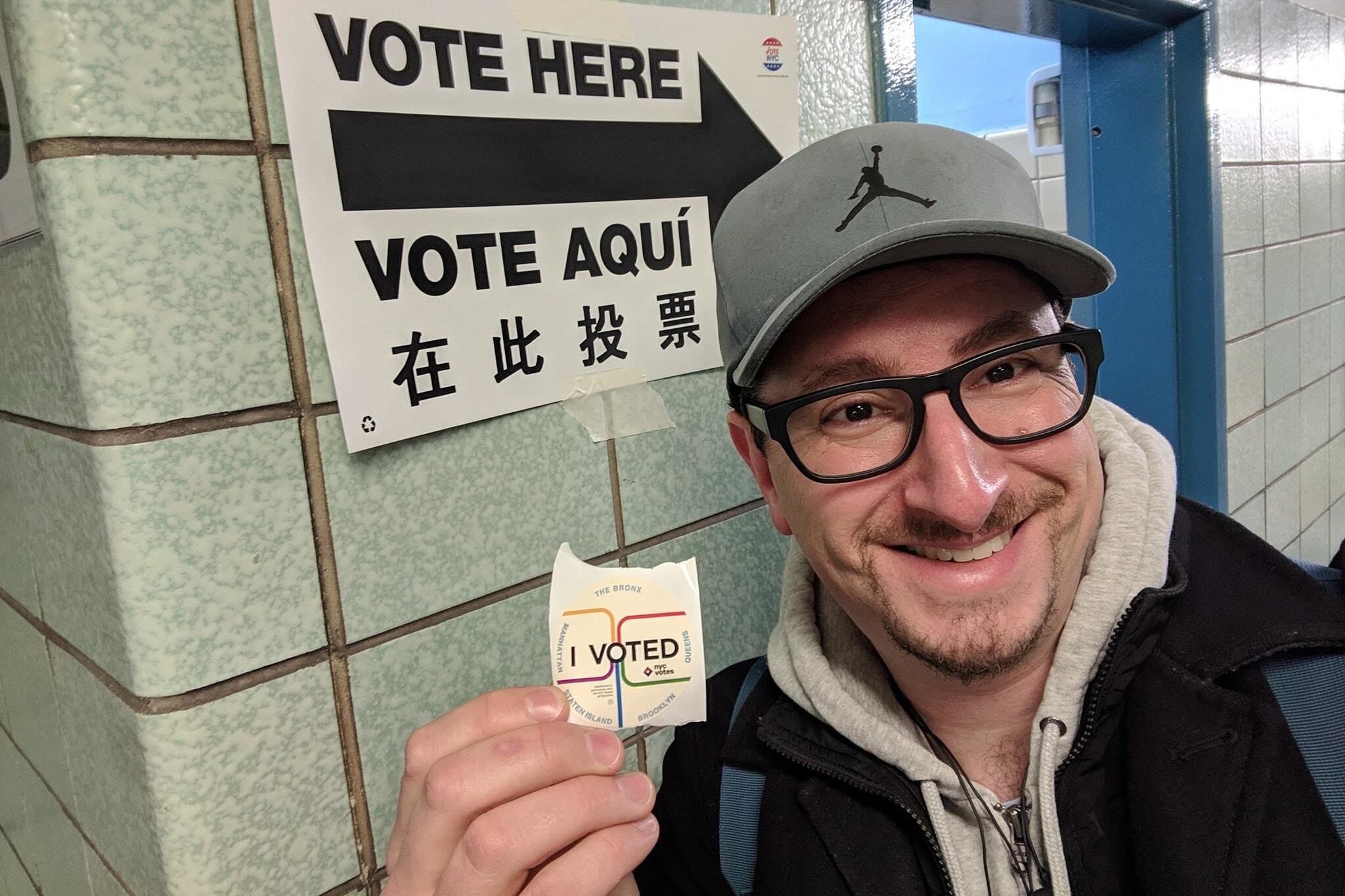This post is in collaboration with THE CITY’s civic newsroom.
Voting is underway for New York City’s 36 parent-led Community Education Councils, or CECs, and for the first time, all parents of children in education department-run schools can cast a ballot in the elections.
Jon Grabelle Herrmann, who is ending his two-year term on District 1’s CEC serving Manhattan’s Lower East Side and East Village, described CECs as “a little corner of democracy where you can have a voice.”
The vast majority of public school parents have probably paid little attention to their district’s 11-member CECs, committees that are largely advisory except for their power to shape school zone boundaries. More recently, many CECs — such as Herrmann’s — have spearheaded efforts to pursue districtwide school integration plans.
The change in the voting eligibility — from three parent association leaders at each school to all parents and legal guardians with children in district schools — follows Mayor Bill de Blasio’s 2019 bid to the state legislature to extend mayoral control over the city school system. In exchange for three more years, the state demanded additional avenues for parent involvement.
Families now get one vote per child, and each vote allows you to choose up to three seats on the council in your child’s district. (Pre-K families in standalone education department-run programs that are not part of a larger elementary school cannot vote.)
Additionally, there are citywide councils representing high schoolers, students learning English as a new language, students with disabilities, and District 75, which serves students with the most complex disabilities.
Families can vote online using their NYC Schools account or in-person at the sites linked here through May 11.
Over 12,000 parents had cast votes as of Thursday, education officials said.
Chalkbeat talked with Herrmann, a parent to a fourth grader and an eighth grader, about his experience on a CEC.
This interview has been lightly edited for length and clarity.
What does one do on a CEC?
There’s no real power other than you can disapprove zoning proposed by the Department of Education, DOE, though in District 1, there is no zoning. [Note: Districts 1, 7, and 23 have no school zones.]
But it’s a platform if you use it that way. We can take a stand on things.
We passed a resolution that called for raising revenues from wealthier New Yorkers to prevent school budget cuts. Especially if other CECs pass resolutions, it can create a drumbeat.
At least in our district, the superintendent attends every meeting. Elected officials or their representatives attend. So, it’s a small audience, but an important one. It’s a way for them to hear about the issues in our district.

What you think is the most important impact your CEC has had?
It’s fundamentally a community organizing platform. We’ve been helping to make connections between parents, students, and local organizations.
During the pandemic, we checked in on where laptops were getting distributed. We weren’t in charge of that, but we were holding people accountable. We did a turkey giveaway for the holidays. This week Naomi Peña [District 1’s CEC president] held an event focused on what to do if you’re looking to get an IEP [Individualized Education Program] for your child. None of that is required.
Why does it matter who serves on it?
It’s a layer of democracy. To the extent that members use their platform, it’s an extra set of eyes that represent the views of parents. And it’s a way for parents to be informed on issues that are hard to wrap your head around at the school level.
If you feel powerless because the whole system is under mayoral control, and there are no longer school boards, here’s a little corner of democracy where you can have a voice.
It’s also good, from a structural standpoint, that you can’t have more than one member from each school. You can meet people from other schools — that’s a bubble we don’t usually break.
Why does it matter that voting is different this year?
The benefit of the old system was that PTA leaders were pretty informed. To the extent that it’s now open to everyone, that’s great because it involves more people.
But the DOE is using this form of democracy to get people to use the NYC Schools Account system. It can be so hard to use that it defeats the purpose.
Not only do you have to have your kids’ student ID, you also have to have an authorization code that refers to something you got in the mail. It doesn’t say anywhere, ‘P.S. If you don’t know what we’re talking about, call your parent coordinator.’ But I did, and she told me that the account was under my wife’s name.
I know people can go in-person to vote, but we’re still in a pandemic. People might be reluctant.
So, the results will definitely reflect votes from a group with easy tech access, and I don’t know how it will affect the composition of the CECs.







